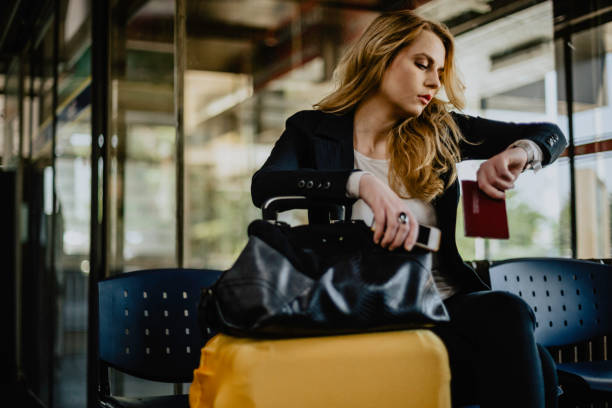Airlines have triggered as estimated 128,934 flights from January to July of this year. They have acknowledged that they’re dealing with challenges brought about by a “Covid hangover” with demands for travel increasing dramatically this year, and not having enough employees to cater to all the travelers.
In some cases, airlines delay flights intentionally to ensure passengers make their connections as well as to limit wider disruptions. The 6 biggest carriers in the US have trimmed their schedules in a bid to reduce disruptions.
The issue isn’t only in the United States. London’s Heathrow Airport has also imposed passenger limits due to its inability to handle the increase in travelers.
For months, carriers have been saying that the staffing challenges at FAA air-traffic facilities have become a major contributor to the problem and the data shows there’s some truth to the complaints.
Florida is one of the few areas that are getting higher flight levels than pre-pandemic and at the same time has also suffered from very bad weather this year. The FAA is trying to boost staffing in Jacksonville’s air-traffic center which controls most flights going into and out of Florida.
In July, United Airlines Holdings Inc. insist the FAA has caused most of its flight problems in the previous months. According to DOT data, the hub at Newark, New Jersey had more delayed flights caused by air-traffic system than by carrier actions.
But it was found that much of Newark’s delays are due to construction, and the FAA has issued a sharply worded statement concerning United Airline’s misleading information.
The FAA’s air-traffic system is showing better performance than before across the nation amid the fast traffic growth and the lingering effects of COVID-19 pandemic.
In the past, there were slightly more delays attributed to the aviation system than airline-triggered causes but this trend has since reversed. Post-pandemic, the proportion of aviation system-related delays is the lowest ever recorded since June 2003.
Cancellations, which usually trigger more traveler disruptions than flight delays, reached 76,776 from January through April or 3.6% of the total operations. Compared to delays, airlines were responsible for 36%, but the total cancellations. This comprise a smaller share of cancellations but it’s higher compared to the same period in 2019. Majority of cancelled flights were caused by bad weather.
But that’s not all. The severity of delays is also higher. Actions caused by airlines led to 11.8 million minutes of delays which is more than double the delay in minutes triggered by the aviation system.
JetBlue Air had the worst performance among the big carriers. Nearly 40% of their flights were late and they were responsible for almost 2x as many delays as all other causes combined. JetBlue insists that majority of cancellations and delays were due to bad weather and air traffic.
Here’s the situation at the airport in recent weeks:
